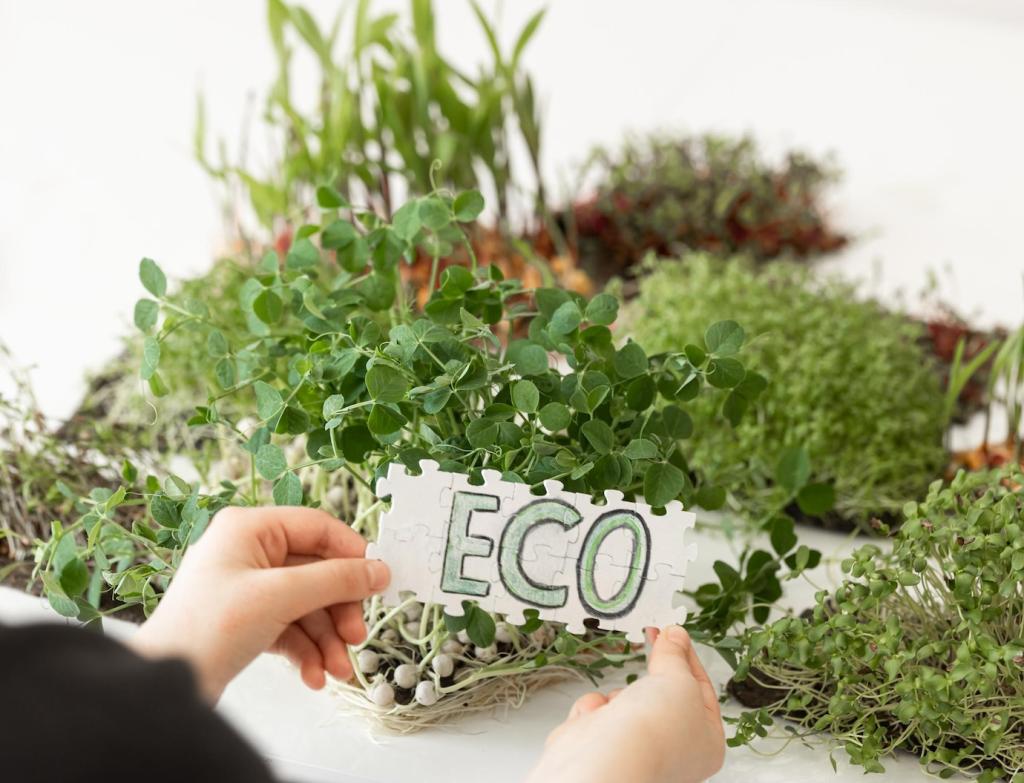Creating Zero Waste Interiors
Designing a home that generates minimal waste is both an environmental necessity and an opportunity for creativity. The zero waste interiors movement focuses on making conscious choices throughout the design process to ensure that everything, from construction materials to décor, contributes as little as possible to landfills. Every aspect, from selection of furnishings to daily routines, can be examined through a zero waste lens. By adopting thoughtful strategies, homeowners and designers can turn living spaces into forward-thinking models for sustainability, resourcefulness, and beauty.

Thoughtful Material Selection
Every building and decorative material involves hidden waste in its production, transport, and eventual disposal. Prioritizing materials that are natural, regeneratively sourced, and either recycled or rapidly renewable is vital. When choosing finishes like flooring, wall treatments, and fabrics, it’s important to focus on durability and to prefer options that age gracefully or can be repaired easily. Transparency from suppliers about the life cycle of their products enables informed decisions that keep waste to a minimum, ensuring that the materials in your home support a healthier planet from the ground up.

Multi-Functional Spaces
Adaptable interiors inherently reduce waste because they remain relevant as needs change. Where possible, designing rooms that serve multiple uses or can transition easily between purposes—from work to relaxation or hosting—eliminates the need for excess furniture and accessories. Convertible furnishings, modular shelving, and movable partitions allow spaces to evolve with occupants’ lifestyles. By anticipating change and planning for versatility, the home’s usefulness is extended, saving resources and reducing the likelihood of buying and discarding single-purpose items.

Minimal yet Meaningful Decor
Zero waste design doesn’t mean sterile or characterless interiors. Emphasis is placed on decor that is chosen for its significance, practicality, or sentimentality, rather than decorative trends with short lifespans. A thoughtfully curated environment emphasizes heirloom objects, functional art, or meaningful textiles, each telling a story or fulfilling a need. By selecting fewer, more meaningful pieces, spaces become rich in character without relying on disposable or mass-produced decor, demonstrating that sustainability and style can coexist seamlessly.


Regular Care and Repair
Keeping furnishings and surfaces in excellent condition is paramount for longevity. Proactive maintenance, from regular cleaning to prompt repairs, prevents deterioration and avoids premature replacement. Developing skills in basic repairs—such as mending, refinishing, or even upholstery—empowers individuals to extend the life of their belongings. This approach not only cuts waste but also deepens the sense of ownership and attachment to each piece, reinforcing the zero waste philosophy at home.

Eco-Friendly Cleaning Methods
Choosing cleaning products and techniques that are gentle on the environment helps maintain a zero waste lifestyle. Many commercial cleaners contain chemicals harmful to both indoor air quality and the ecosystem when washed away. Utilizing simple ingredients like vinegar, baking soda, and castile soap in reusable containers reduces plastic waste and chemical residues. These methods ensure that maintaining a beautiful, clean home need not compromise the health of its inhabitants or the planet.
